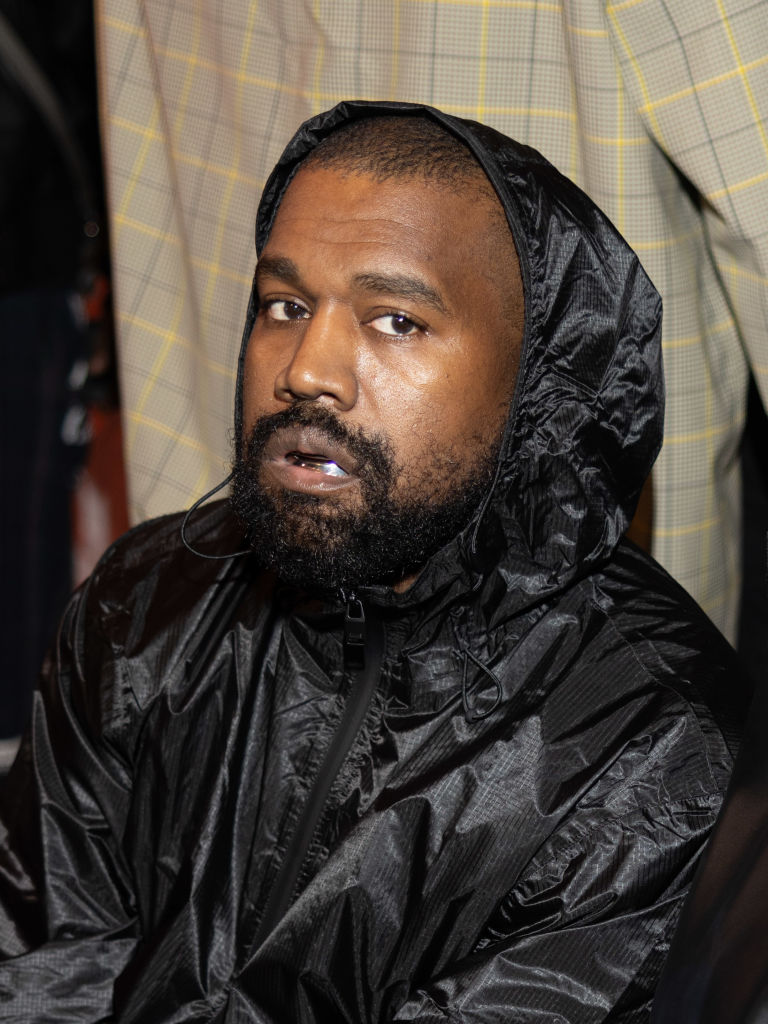Cases of whooping cough in California are at their highest level since before the COVID pandemic, according to data from the California Department of Public Health (CDPH).
Figures collected by the state health agency indicate there have been 1,744 cases of whooping cough, also known as pertussis, in California, from January to September 2024; much higher than the 288 cases reported from January to September of last year.
Cases are particularly high in the counties of San Diego, Marin and Lake, with 470, 336 and 186 cases reported in each of them respectively this year.
"Whooping cough is a nasty disease at any age but is particularly dangerous for young babies," Professor Helen Bedford, Professor of Child Public Health at University College London, told Newsweek.
"It starts with cold-like symptoms and then a persistent cough, which can last for two or three months: 'the hundred-day cough.'"
Bedford explained that these coughing bouts may involve characteristic whooping sounds during gasps for air, especially among children, and may be followed by vomiting. Babies may have episodes where they stop breathing.
The disease can be deadly, especially among very young babies who are too young to get vaccinated.
In California, cases of whooping cough have been steadily on the rise since the COVID-19 pandemic.
Data from the CDPH shows that pertussis cases were very high in 2019—at 3,231—and then dropped dramatically in the spring of 2020.
There were only 195 whooping cough cases in California in 2021, and only 293 in 2022, but cases have been rising again to closer pre-pandemic levels, with 644 in 2023, and 1,744 in the first nine months of 2024.
This reflects national whooping cough trends. According to preliminary data from the Center for Disease Control and Prevention (CDC), there have been 25,174 cases of whooping cough in the U.S. in 2024, as of November 16.
The same CDC data indicates that seven other states, such as California, have pertussis levels of more than 1,000: Illinois, Michigan, New York, Ohio, Pennsylvania, Washington and Wisconsin.
Professor Andrew Preston, of the Milner Centre for Evolution at the University of Bath, told Newsweek: "California, such as numerous other places, is experiencing a 'bounce-back' of pertussis from the very, very low levels experienced during the pandemic, in those regions that implemented COVID control measures such as lockdowns and social distancing, as these measures also interrupted the transmission of other respiratory pathogens."
Preston explained that the high levels of infections experienced in this "bounce-back" period likely reflected lower levels of immunity in the population, due to lower rates of exposure to the bacteria and lower rates of vaccination.
It is also the case that pertussis outbreaks seem to occur in cycles of three to five years, so increasing rates are not wholly unexpected.
Professor John Tregoning, a specialist in vaccine immunology at Imperial College London, told Newsweek: "Whooping cough, caused by the bacteria Bordetella pertussis, is extremely contagious. By some measures it spreads three times faster than COVID.
"Case numbers are slightly cyclical, but the main reason for the dramatic increase is poor vaccine uptake."
Tregoning explained that low vaccination levels were "often clustered in communities," with many unvaccinated children in one area.
"Since the bacteria is so infectious, if one child introduces the infection, then everyone can catch it quickly," he said.
Professor Adam Finn, a pediatrician at the University of Bristol, told Newsweek: "The best way to avoid catching [whooping cough] and spreading it about is to get vaccinated."
Is there a health problem that's worrying you? Do you have a question about whooping cough? Let us know via health@newsweek.com. We can ask experts for advice and your story could be featured in Newsweek.




















 English (US) ·
English (US) ·